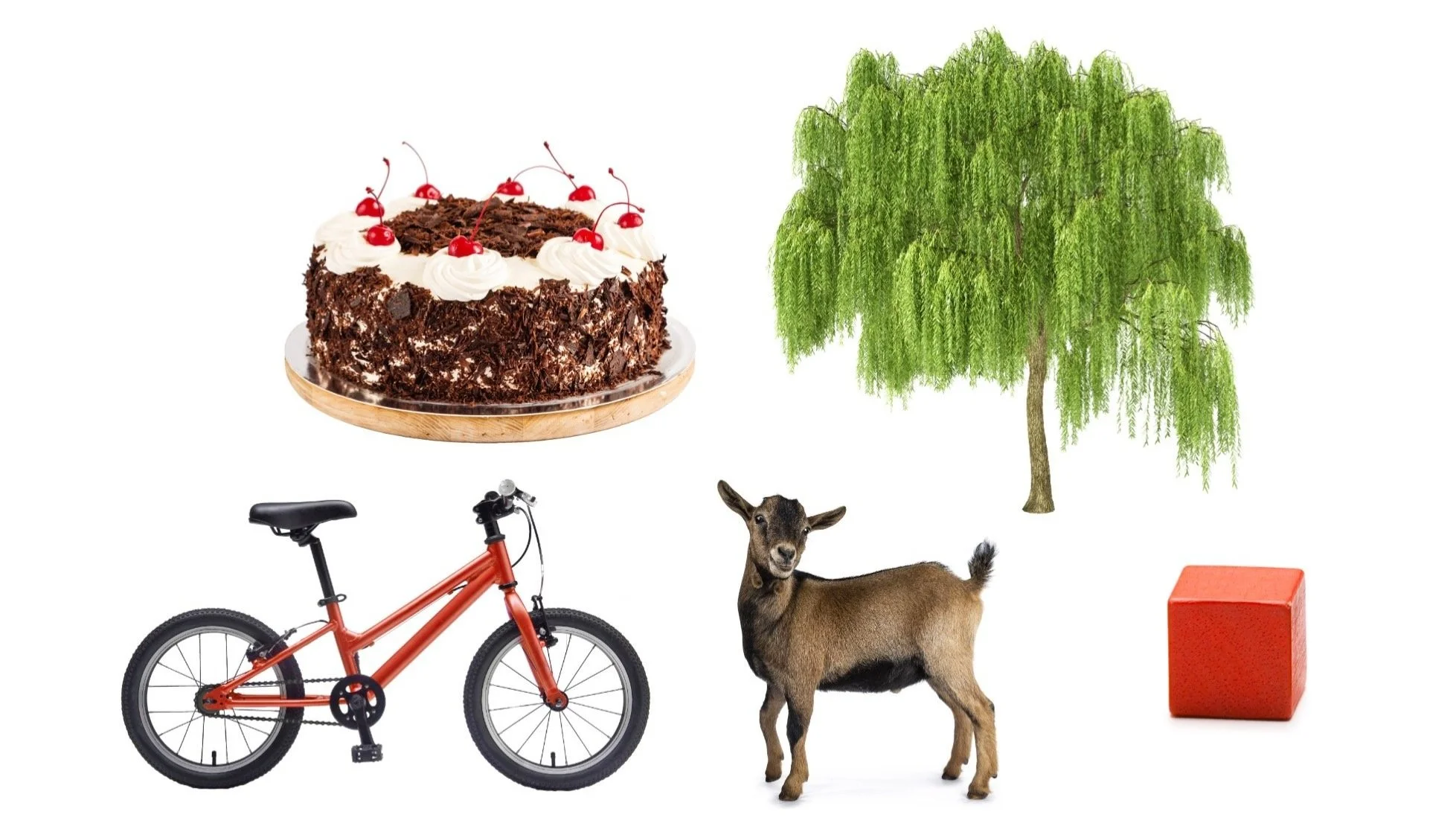Understanding Speech Sounds, Part 2: A Family-Friendly Guide to English Vowel Phonemes
When your child is learning to read, spell, or work on speech sounds, you might hear about vowels, and they can seem confusing!
Unlike consonants (which block or shape the flow of air), vowels are made by keeping the mouth open and letting the voice flow.
English has 5 vowel letters (a, e, i, o, u), but around 15 vowel sounds, depending on how we say them.
1. Short Vowels
Short vowels are the simple, common sounds most kids learn first. Each letter makes just one sound, and these are found in lots of easy CVC (consonant-vowel-consonant) words like cat, bed, pig, top, cup.
Short vowel sounds:
/ă/ as in apple, cat
/ĕ/ as in elephant, bed
/ĭ/ as in in, pig
/ŏ/ as in octopus, top
/ŭ/ as in umbrella, cup
2. Long Vowels
Long vowels say the name of the letter, like the “a” in cake or the “o” in home. These usually appear when two vowels go together (vowel teams) or with silent e.
Long vowel sounds:
/ā/ as in cake, rain
/ē/ as in be, tree
/ī/ as in bike, light
/ō/ as in home, goat
/ū/ as in cube, music
Some kids learn these using fun patterns like “silent e makes the vowel say its name” or “when two vowels go walking…”
3. R-Controlled Vowels
These happen when a vowel is followed by r, which changes the sound.
These sounds are one of the most common articulation goals in speech therapy.
Examples:
/ar/ as in car
/or/ as in fork
/er/, /ir/, /ur/ as in her, bird, fur
Many kids need extra help hearing and spelling these, because the "r" changes everything!
4. Vowel Teams & Diphthongs
Sometimes two vowels go together to make one sound, or the sound slides from one vowel to another.
These are called vowel teams or diphthongs.
Examples:
ai as in rain
oa as in boat
ee as in feet
oi as in coin
ow as in cow or snow (same letters, different sounds!)
Why Are Vowels Tricky?
There are fewer letters than sounds
The same vowel can make multiple sounds (think of “a” in cat, cake, and car)
Vowels often change depending on spelling patterns
Kids can hear them differently, especially if speech sounds are still developing
What Can Parents Do?
Listen closely to how your child says vowels, especially in short words
Play word games: “What rhymes with pig?” “Can you think of a word with /ā/ like cake?”
Stretch and tap sounds in CVC words: “Let’s sound out sun, /s/ /ŭ/ /n/”
Use pictures and actions for vowel sounds, like umbrella for /ŭ/, inchworm for /ĭ/
Moats, Louisa Cook. (2010). Speech to Print: Language Essentials for Teachers, 2nd Edition. Baltimore: Paul H. Brookes Publishing Co.


